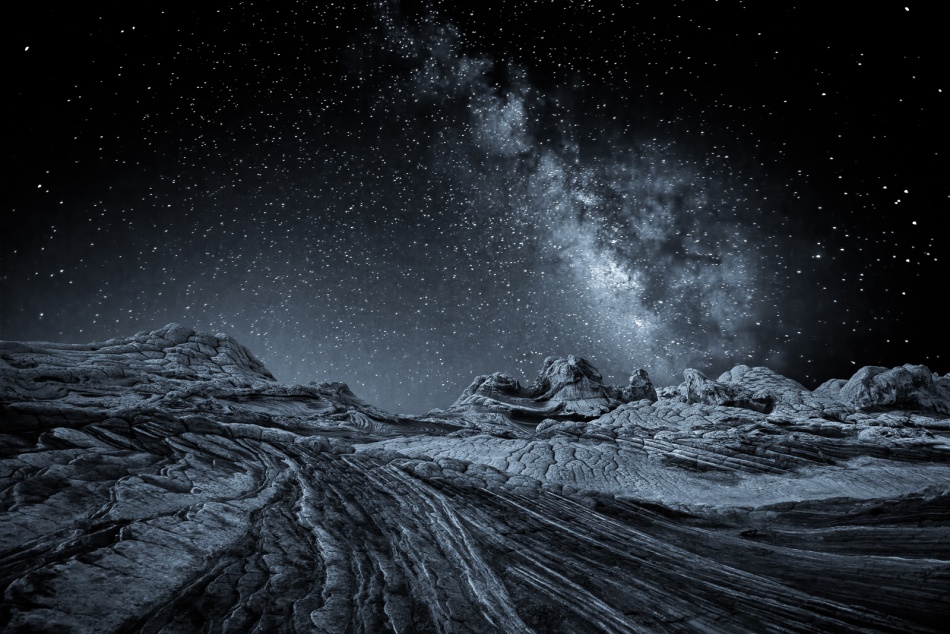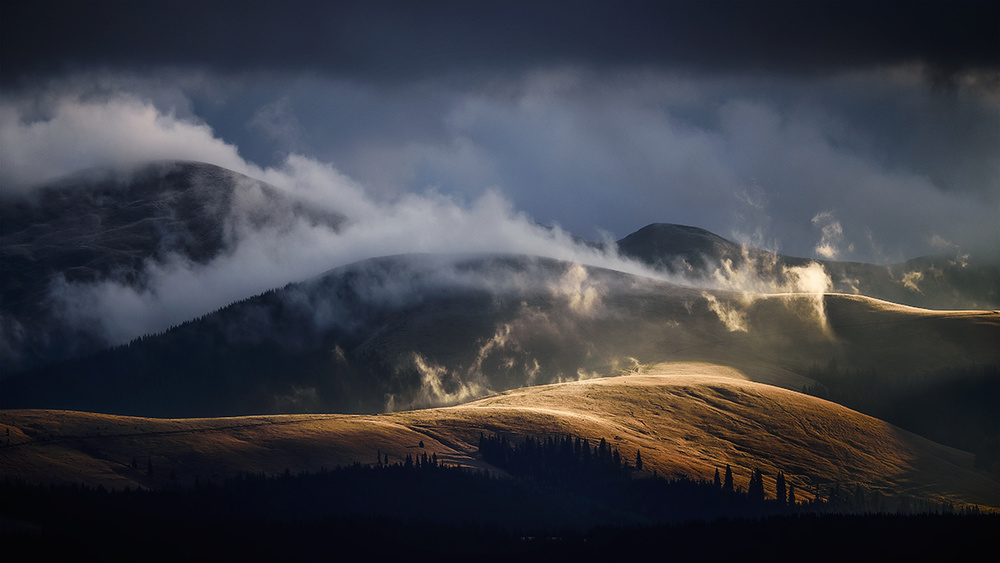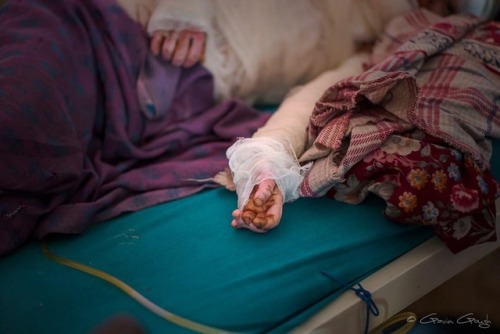Photographers

Companions of Darkness
1x Blog-Photographers' .
Getting to the White Pocket was the most adventurous part of the experience. It involved driving a 4WD Jeep on the trails through deep sand with the aid of a GPS. The risk of being stuck in sand is fairly high. Once I overcame the obstacles of the journey, this photographer’s paradise was just a short walk away from the campsite.
White Pocket is a natural wonder featuring an enormous array of exotic rock formations, as if you are on another planet. I came up with the idea of making an “otherwordly” image with the Milky Way as background. I carefully scouted the area during the day, deciding what to include as the foreground and the camera direction I would use to show the Milky Way. Then I marked the spot with my GPS. The next morning, I woke up at 2 a.m. and walked to my location in total darkness. It was a moonless night. Even with the help of a GPS, I could not figure out the exact place I had determined during the day. Fortunately, in White Pocket the choices of compositions are almost unlimited. I was fairly familiar with the area after a couple of days scouting. After a little struggle in the dark, I settled on one spot and set up my gear.
The picture is a composite of two exposures taken about an hour apart without moving the camera. No filter was used. The first exposure was taken about two hours before sunrise with f/2.8, 30 seconds and ISO 3200. The 30-second exposure time was chosen to capture the Milky Way while minimizing the movement of stars. Any longer exposure at this focal length would cause star trails in the image.
The difficulty was to make the composition when foreground elements were in total darkness. I used a flashlight to illuminate the foreground element while looking through the viewfinder. Then I took a few test shots at 10 seconds each and ISO 6400 and made fine adjustments after each shot. When the final composition was determined, I set the focal distance to infinity and made a couple of exposures. At that time, the sky was becoming brighter and the Milky Way was fading away.
In the first exposure, the foreground was completely black. To reveal some details in it, I decided to make a second exposure just before dawn. I left the camera untouched on the tripod, and waited for over an hour until it was closer to dawn and the foreground became visible. I made the second exposure with f/8, 30 seconds and ISO 400. I set focus manually at the hyperfocal distance to ensure maximum sharpness.
White Pocket is a surreal place. I wanted to make a surreal image to capture the viewer's imagination.
. '
by Curator John Fan
White Pocket in Vermillion Cliffs National Monument, Arizona, USA, was once considered a frontier for landscape photographers. Thanks to the popular web site of Steffen Synnatschke and the famous books of Laurent Martres, the images of White Pocket have appeared all over the internet. Nevertheless, I decided to venture into the wilderness of Vermilion Cliff to shoot with my own imagination.
Getting to the White Pocket was the most adventurous part of the experience. It involved driving a 4WD Jeep on the trails through deep sand with the aid of a GPS. The risk of being stuck in sand is fairly high. Once I overcame the obstacles of the journey, this photographer’s paradise was just a short walk away from the campsite.
"I carefully scouted the area during the day, deciding what to include as the foreground and the camera direction I would use to show the Milky Way. Then I marked the spot with my GPS."
White Pocket is a natural wonder featuring an enormous array of exotic rock formations, as if you are on another planet. I came up with the idea of making an “otherwordly” image with the Milky Way as background. I carefully scouted the area during the day, deciding what to include as the foreground and the camera direction I would use to show the Milky Way. Then I marked the spot with my GPS. The next morning, I woke up at 2 a.m. and walked to my location in total darkness. It was a moonless night. Even with the help of a GPS, I could not figure out the exact place I had determined during the day. Fortunately, in White Pocket the choices of compositions are almost unlimited. I was fairly familiar with the area after a couple of days scouting. After a little struggle in the dark, I settled on one spot and set up my gear.
The picture is a composite of two exposures taken about an hour apart without moving the camera. No filter was used. The first exposure was taken about two hours before sunrise with f/2.8, 30 seconds and ISO 3200. The 30-second exposure time was chosen to capture the Milky Way while minimizing the movement of stars. Any longer exposure at this focal length would cause star trails in the image.
The difficulty was to make the composition when foreground elements were in total darkness. I used a flashlight to illuminate the foreground element while looking through the viewfinder. Then I took a few test shots at 10 seconds each and ISO 6400 and made fine adjustments after each shot. When the final composition was determined, I set the focal distance to infinity and made a couple of exposures. At that time, the sky was becoming brighter and the Milky Way was fading away.
" I left the camera untouched on the tripod, and waited for over an hour until it was closer to dawn and the foreground became visible."
In the first exposure, the foreground was completely black. To reveal some details in it, I decided to make a second exposure just before dawn. I left the camera untouched on the tripod, and waited for over an hour until it was closer to dawn and the foreground became visible. I made the second exposure with f/8, 30 seconds and ISO 400. I set focus manually at the hyperfocal distance to ensure maximum sharpness.
White Pocket is a surreal place. I wanted to make a surreal image to capture the viewer's imagination.
POST PROCESSING
Post-processing was done in Photoshop.
1) I loaded both images into two separate layers in Photoshop. The first exposure for the sky was loaded at the bottom of the Layers Panel, and the second exposure for the foreground was placed in the top layer.
2) The next step was the painstaking work of selecting the sky in the top layer and deleting it.
3) I decided to convert the image to black and white. This was done by adding a Black&White adjustment layer. Each color channel was adjusted to achieve the effect I liked.
4) The final step was to add a blue tone to give it a more alien feel. A Photo Filter adjustment layer was added. I played with the colors until I was satisfied with the final result.
1) I loaded both images into two separate layers in Photoshop. The first exposure for the sky was loaded at the bottom of the Layers Panel, and the second exposure for the foreground was placed in the top layer.
2) The next step was the painstaking work of selecting the sky in the top layer and deleting it.
3) I decided to convert the image to black and white. This was done by adding a Black&White adjustment layer. Each color channel was adjusted to achieve the effect I liked.
4) The final step was to add a blue tone to give it a more alien feel. A Photo Filter adjustment layer was added. I played with the colors until I was satisfied with the final result.
TIPS
1) Most of my better images were captured when I became familiar with the area. Only after spending a couple of days in an area could I start to figure out the best location with the best light.
2) Always scout the location during the day and mark it with GPS for taking night photography. Even so, it is difficult to obtain an exact composition. It would be impossible if one goes out in the dark without doing the homework.
3) A powerful flashlight is the night photographer’s best friend. It helps hiking in the dark, illuminating the foreground for precise composition, as well as doing some light painting.
4) One cannot trust the light meter in the camera. Always use high ISO and short exposures to determine the composition and correct exposure parameters.
2) Always scout the location during the day and mark it with GPS for taking night photography. Even so, it is difficult to obtain an exact composition. It would be impossible if one goes out in the dark without doing the homework.
3) A powerful flashlight is the night photographer’s best friend. It helps hiking in the dark, illuminating the foreground for precise composition, as well as doing some light painting.
4) One cannot trust the light meter in the camera. Always use high ISO and short exposures to determine the composition and correct exposure parameters.
BIOGRAPHY
I am a fine art nature photographer based in Chicago, USA. My interests involve nature subjects, from landscape to wildlife.







